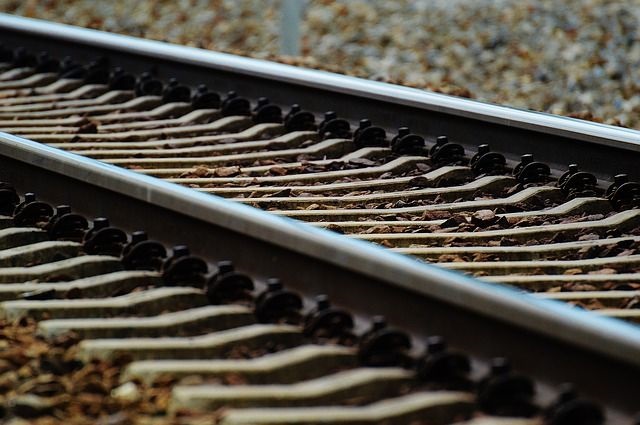
Top stories


LegalNigeria to implement new tax laws from January 1 despite calls for delay, Tinubu says
Camillus Eboh 2 days

The question is how to unlock these potential benefits for the good of our people without the process becoming derailed by the inefficiencies that have bedevilled earlier developments. The answer lies in developing policy and finance solutions that encourage all stakeholders to make the system work.
In general, Africa’s rail infrastructure is poor – a view echoed by the African Development Bank’s 2015 report Rail Infrastructure in Africa: Financing Development Options. However, as that report also found, there remains a crucial role for rail to play in the sustainable development of the continent.
Personal experience in West Africa has born this out. There are policy moves to reinvigorate the region’s infrastructure, to return national lines to service and to build regional integration between the Economic Community of West African States (Ecowas) countries through a coastal rail link.
The existing state of rail is mixed. However, the objective potential for rail to assist in the African renaissance cannot be denied.
In South Africa, there has been an element of policy inertia, which has slowed down planning momentum, but also astonishing innovations in public-private partnerships and network design that led to the great success of the Gautrain commuter system.
Across Africa, the most successful design and funding models are those tailored for their own particular purpose.
Funding might be state or public-private or foreign investors. In some cases, the government will substantially contribute to the infrastructure side of capital funding, while private investors will fund the operations and the rolling stock.
This plays to the respective strengths of what government and the private sector do best and allows the two to then build financing models around these competences. The funding may come from debt or equity structuring, but it is crucial to the viability of the projects.

It’s interesting that in many projects across the continent, the determining factor in who wins a major rail contract will be which consortium can secure the best interest rate on their debt. This is where Chinese groups can have the advantage, with their banking and engineering firms all aligned to an overarching state policy – the China 2030 vision.
This policy coherence holds lessons for national governments across Africa. If China can apply its vision across the planet in service of its national goals, our governments should be able to build regional partnerships that serve our passenger and freight needs more effectively, at greater scale and more sustainably.
Sustainability is a defining advantage
Sustainability is one of rail’s defining advantages. It has a fraction of the carbon footprint of road transport, and large projects allow for training and upliftment of large numbers of young professionals.
Ambitious rail projects are on the table such as the Trans-Africa railway from Senegal to Djibouti. The North-South Rail Corridor from Durban to Zambia link is another. Whether these make the transition from planning to implementation is the province of national policy.
Policy is driven by political will. Political will, in turn, is driven by the mood of the people and the market. Here the prospects of a more successful rail implementation become apparent.
In terms of public transport, people are becoming more sensitive to the external cost of transportation. They consider how long it takes them to drive to work and the costs in terms of health and less time with their families.
As these considerations gain in relevance, pressure builds on the city and national planning departments to improve the rail service and the frequency of trains along commuter routes.
Similarly, where there is a business case for high-capacity freight corridors, the demand for rail solutions will increase. This will provide the impetus to link landlocked African countries to the coast and to other markets.
People are more environmentally and socially sensitive. Such sustainability considerations will in the medium term see moves towards rail as a transport solution.
The future of rail in Africa
Rail in Africa has a future. There are obstacles that need to be overcome, and several countries need to be more effective, but there is likely to be demand for rail solutions that are fit for purpose – particularly in urban and inter-city transport and along established trade corridors.
Foreign investors stand ready to assist in a mutually beneficial way. Regions are building relationships and there is growing social demand for more sustainable solutions. The key is to align policy and funding models with these demands.